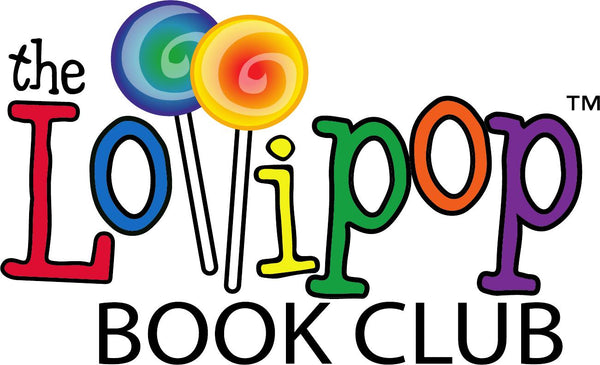The piano is a magnificent thing with 88 keys enticing little fingers to make music. Whether the centerpiece of a room or tucked in a corner, it is both a beautiful piece of furniture and an intricately designed instrument that invites families to gather around. Kids who are lucky enough to grow up with the opportunity to take lessons will love learning all the most intriguing facts about pianos.

Facts for Kids About the Piano
Children's books about piano players share lots of life lessons learned through this instrument. There are also many amazing stories about individuals who have overcome great odds to become highly respected musicians. Reading is a fantastic way to inspire your own children to tickle the keys next time they have the opportunity. In the meantime, they'll be interested in learning about all kinds of obscure piano facts, trivia, and history that will elevate their interest in this instrument.
(1) Not all pianos have the same exact number of keys.
Most commonly, they have 88 keys, but there are many exceptions. For instance, some older acoustic models as well as some digital pianos have fewer keys. For more bass sounds, some newer, more modern pianos have anywhere from 92 up to 102 keys. And in 2018, the very first 108-key instrument was introduced!
(2) Pianos are expensive instruments, although they can often be purchased secondhand for an affordable sum.
At one point in time, however, these instruments were only found in royal palaces and homes of aristocrats. Believe it or not, there is a crystal piano valued at $3.22 million. Billed as the most expensive piano in the world, this masterpiece by Heintzman & Co was played ahead of the Beijing Olympics Games before placing into retirement.
(3) Upright and grand pianos have differences beyond appearance.
For instance, the grand piano has a faster response time, giving players the flexibility to play pieces at a much faster rate. Also, notes can be played on grand pianos before a key has returned to its original position. This is not the case for upright pianos in which keys need to be fully restored before they can play another note.


